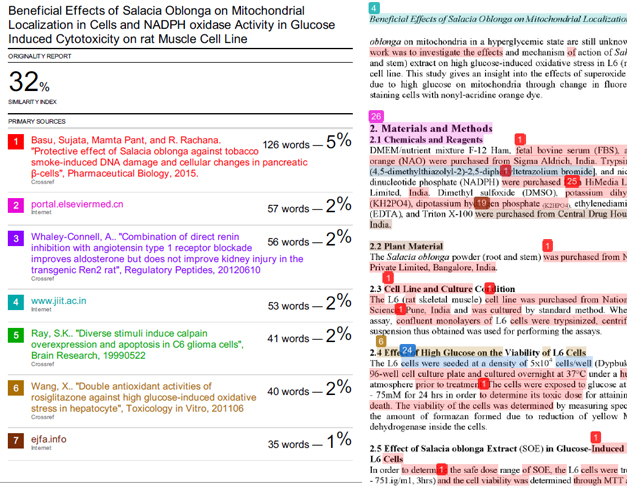
The reference lists include only items discussed in the text. References are cited in the text numerically in square brackets (e.g., ) and presented at the end of the manuscript in chronological order – those cited first are listed at top of the list. The following tips on citing are also helpful. The Journal requires citing and referencing in line with the Vancouver style and guidance of the International Committee of Medical Journal Editors. The authors are advised to adhere to the San Francisco Declaration on Research Assessment (DORA). Referring to primary rather than secondary literature sources is advisable. At the same time, multiple examples of similar references (more than 3) are not acceptable. Referring to each scientific fact requires at least one reference.

They should also ensure referring to highly relevant literature items, primarily those retrieved from multidisciplinary bibliographic databases, such as Scopus and Web of Science. While editing their manuscripts, the authors should avoid copying any sentences or larger passages of text and graphics from published works. No substantive editing services will be offered by the Journal. The Journal editors will check readability of the submissions they may suggest either editing by the authors/their editors prior to sending to the reviewers or reject outright based on poor readability. It is the authors’ responsibility to ensure that their manuscripts are substantively edited and corrected. Mixture of the language styles in a single article is unacceptable. However, well-edited submissions in either British or American English are strongly encouraged to attract attention of researchers from other countries in the region and beyond and strengthen their research and academic collaboration. Language, preparation and formatting of manuscripts
ITHENTICATE OSU HOW MANY FILE PROFESSIONAL
The responsible editors will try their best to closely cooperate with global indexing services and relevant professional societies to increase visibility of the published works. The Journal’s editorial team consists of highly skilled researchers, research managers, and journal editors who are ready to help their authors publish valuable and potentially impactful articles. Relevance of the submissions to the global readership will be also considered. Perspectives on research and publication ethics in the region and beyond are welcome.

Submissions presenting innovative and evidence-based approaches to examining theoretical and practical issues of common diseases, drug therapies, health care and medical education are prioritized. The Journal’s scope of interests encompasses research topics related to medicine and health care in the Central Asian region. The journal editors will promote the published works through available open-access platforms and social media channels to attract attention of the global readership and guide the authors further. The aim of the CAJMHE is to help scientific authors from Kazakhstan and other Central Asian countries formulate and structure their hypotheses, plan their research studies, and consider related aspects of research and publication ethics. Submissions in English, Kazakh and Russian languages from researchers working in medicine and allied fields of science are welcome. The Journal is funded and published by South Kazakhstan Medical Academy. The issues are published quarterly in March, June, September and December. The Central Asian Journal of Medical Hypotheses and Ethics (CAJMHE) is an online-only platinum open-access peer-reviewed journal in the fields of medicine and health policy.


 0 kommentar(er)
0 kommentar(er)
